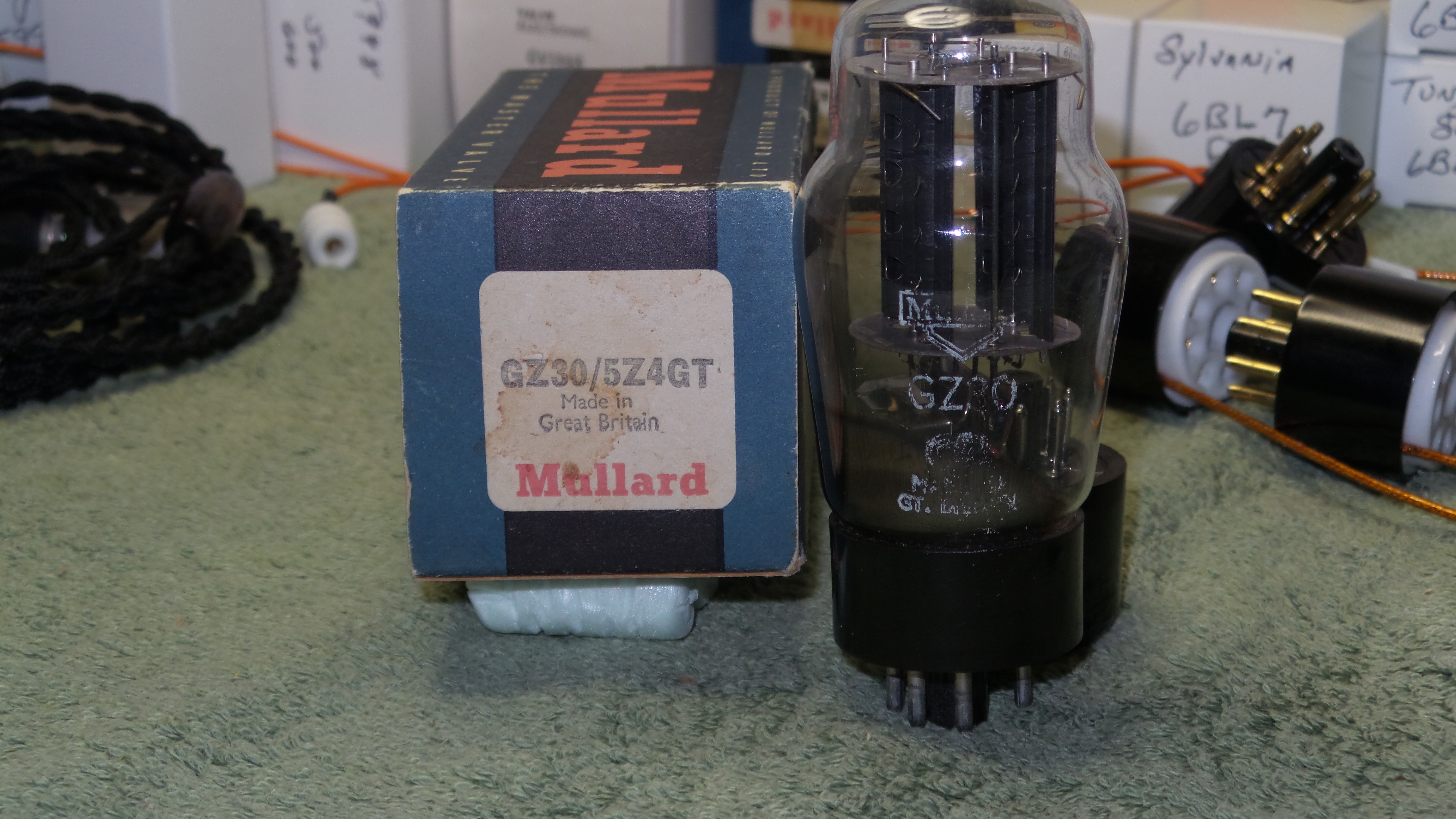Lampizator owners have been raving about the KR 5U4G made special for Lampizator, KR 5U4G Lampizator Anniversary. They sold out quickly and it is unobtanium for a while now. Anyone try this in other kit? Just found a source that has a few left. There are some tube rich Lampizator users who have compared it to some of the best rectifiers out there. But haven't heard much about how they sound in other equipment as tube was made for special for Lampizator and the owners quickly snapped them up.
http://www.lampizator.eu/Fikus/DHT_TUBES.html
======================================================
After chasing and reading many of the tube rolling reports bunch of "crazy" guys
in form of
@wisnon,
@christoph, David and myself decided to do a quite big session of tube rolling of both rectifier and DHT tubes used in Lampi DACs.
As we had on hand three DACs (actually even 5) of top Lampi machines we also decided to find a best tube match per specific DAC model.
Of course some might say, you did not try this, you did not try that, but we tried tubes which are 'hot picks" at the moment and the tubes we managed to get.
In order for session to be as relevant as possible one by one DAC was at the main stage while other two were serving as tube heating stations (quite expensive ones).
4 pair of ears were deployed at all time and results were consensus of all of us. In a nutshell these are the results and we hope those might serve to all Lampi users or hopefully future ones as kind of general instruction into which direction you might go to save you the time and money if you are not able to acquire tubes for home testing.
Of course everything, as always, is system and personal liking dependable.
PACIFIC DAC:
1) Ayon 5u4g, Eml Mesh 45 - Could have a bit more punch, rest OK, airy
2) Ayon 5u4g, RK 300b - more upper bass, full bodied, slightly colored in a positive way, more focus, bigger stage, dryer
3) Ayon 5u4g, KR PX25 - Air, weight, ideal tubey sound, lots of air, bloom, decay
4) Ayon 5u4g, KR 242 - more FW sounding, less tubey, less layered depth, very transparent, faster
5) Ayon 5u4g, EML Mesh 45 Ann Globe - Soft, tubey, less substance, laid back on the other hand very airy, not enough meat. Norm preferred it to 242 in vocals.
6) RK 5u4g, EML Mesh 45 Ann Globe - Crispier, cleaner, bigger stage, livelier, more body but still lacking substance and body
7) RK 5u4g, 101d - small stage, not the same league as the other ones
8) RK 5u4g, KR 242 - No major objection, fast, transparent, layering, great staging, more dynamic with this recti...noticeably better than Ayon recti
9) RK 5u4g, KR PX25 - Spaciousness, great overall performer, perfect match with RK recti, huge stage. Top combo in Pacific!
10) KR 5u4g white ceramic base, KR PX25 - very close as above, just maybe a bit less dynamic but all very close. Upon going back to RK recti it is better combo for sure!
11) RK 5u4g, RK 300b - A lot better than with Ayon, we find this combo close to PX25 combo, seems like more meat to PX25, combines virtues of 242 and PX25.
Top pic for PACIFIC was KR PX25 with RK 5u4g.
Golden Gate 1:
1) KR 5u4g white ceramic base, KR242 - Chris favourite combination in his GG. Vs. PAC different presentation type, more tubey sound, less detailed than PAC, less stage high, more treble with PAC.
2) RK 5u4g, KR242 - again massive difference with RK recti - very detailed, open sound. Big in all directions.
3) RK 5u4g, RK300b - excellent combination but 242 is doing things in this DAC just better in all terms - more punch, more resolution, staging...
4) RK 5u4g, KR PX25 - again great combo, more tubey sounding but still great details, punch, warm, very 3D and palpable
5) RK 5u4g, Elrog 300b - we like it, punch, detail, great vocals, overall great performer
6) RK 5u4g, EML Mesh 45 Globe Ann - not a great match for PAC but in GG a nice match. Good weight, spaciousness. Not enough weight with classical.
Consensus is that RK recti and KR PX25 works best.
Golden Gate 2.5:
1) RK 5u4g, KR242 - Fantastic speed, decay, bloom, tonality. Mellowness is just right, more treble extension.
2) RK 5u4g, KR PX25 - keeping the main character from 242 but adding additional tube sweetness in positive sense. Very natural sounding. Awesome instrument color of cello, brass,...
3) RK 5u4g, RK 300b - Very transparent, huge stage, detailed, punchy without losing control.
Could not draw a conclusion which tube was the favourite as they all performed exceptional but depending on the music 242 and PX25 stand out. With complex music 242 creates less congestion and PX25 creates more magic with 'easier music'.
DAC comparison:
Pacific is the most transparent & dynamic making several more tube choices play on exceptional level.
GG1 warmer sounding or tubey sounding doing everything right where 242 is the right choice giving additional kick and dynamic. GG2.5 is a perfect/great blend of both directions being dynamic and transparent but not lacking any tube magic.
Equipment used:
Speakers - hOrns Universum III
Amp - KR Kronzilla
Preamp - Aries Cerat Incito
Server - LampizatOr Superkomputer
DAC: LampizatOr Pacific SE, Golden Gate 2.5 SE, Golden Gate 1 SE
I would like to thank Chris for his always great hospitality!!!!





























